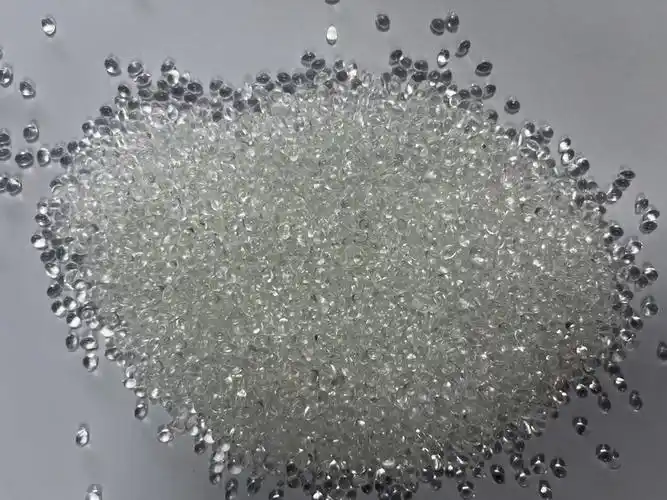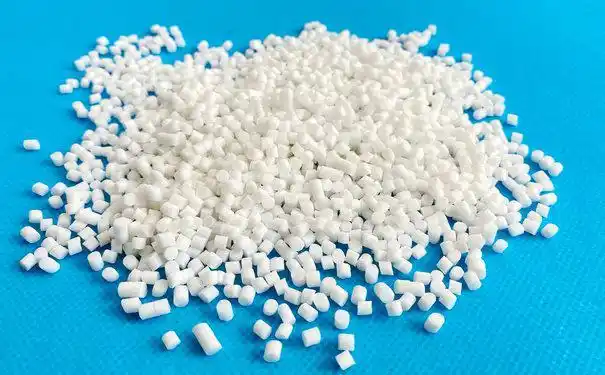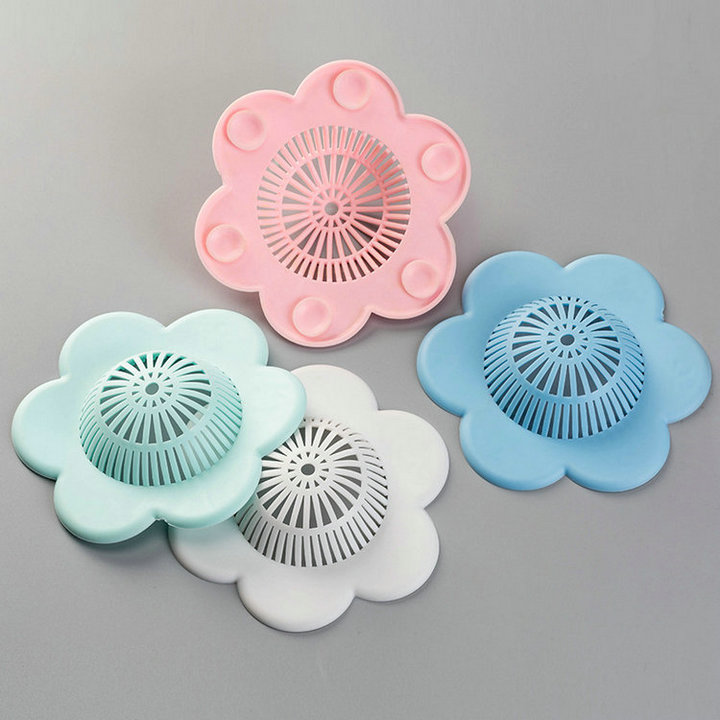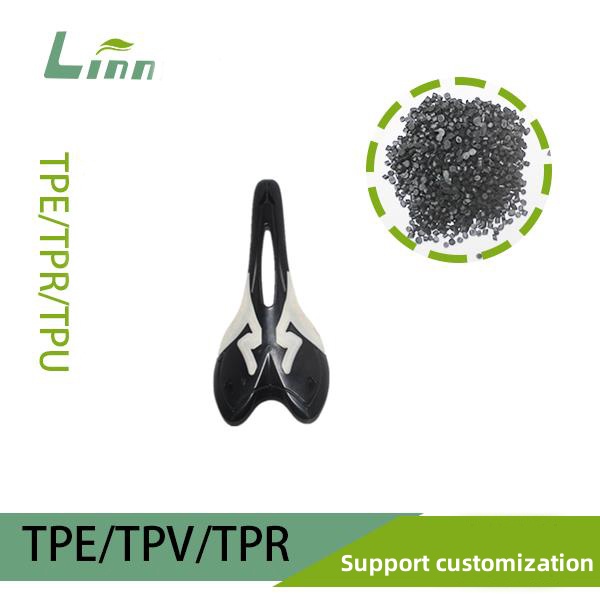In the realm of plastic manufacturing, TPE (Thermoplastic Elastomer) injection molding stands out as a versatile and widely used process. Its ability to combine the flexibility of rubber with the processability of thermoplastics makes TPE a preferred choice for various applications, from automotive components to consumer goods. However, like any manufacturing process, TPE injection molding isn’t without its challenges. One common issue that often leaves manufacturers scratching their heads is the stickiness of the molded parts. This stickiness can disrupt production efficiency, affect product quality, and even lead to increased costs. As someone who’s been in this industry for years, I’ve encountered this problem numerous times and have developed a deep understanding of its causes and solutions. In this article, I’ll share my insights and experiences to help you tackle this sticky situation effectively.
Understanding TPE Injection Molding
Before diving into the root causes of stickiness, let’s first understand what TPE injection molding is and how it works. Injection molding is a manufacturing process where molten plastic material is injected into a mold cavity under high pressure. Once the material cools and solidifies, the mold opens, and the finished part is ejected. TPE, being a thermoplastic elastomer, can be melted and reshaped multiple times without significant degradation, making it ideal for injection molding.
The TPE injection molding process involves several key steps: material preparation, melting and injection, cooling, and ejection. Each step must be carefully controlled to ensure the production of high-quality, defect-free parts. However, even with the best intentions and equipment, stickiness can still occur, causing headaches for manufacturers.

The Significance of Stickiness in TPE Injection Molding
Stickiness in TPE injection molding refers to the tendency of the molded parts to adhere to the mold surfaces or to each other after ejection. This can manifest in various ways, such as:
Difficulty in Ejection: Parts may stick to the mold, requiring excessive force or manual intervention to remove them. This can slow down the production cycle and increase the risk of mold damage.
Surface Imperfections: Stickiness can cause surface defects on the molded parts, such as scratches, gouges, or uneven finishes. These imperfections can compromise the product’s appearance and functionality.
Dimensional Inaccuracy: When parts stick to the mold, they may deform or stretch during ejection, leading to dimensional inaccuracies. This can affect the fit and function of the parts in their intended applications.
Increased Scrap Rate: Stickiness often results in a higher scrap rate, as defective parts may need to be discarded or reworked. This increases production costs and reduces overall efficiency.
Given these potential consequences, it’s clear that addressing the issue of stickiness in TPE injection molding is of utmost importance.
Root Causes of Stickiness in TPE Injection Molding
Now that we’ve established the significance of stickiness, let’s delve into the root causes. Identifying the underlying factors is crucial for developing effective solutions. Here are some of the most common reasons why TPE injection molded parts become sticky:
1. Material-Related Factors
Inadequate Material Drying: TPE materials are hygroscopic, meaning they absorb moisture from the air. If the material isn’t properly dried before injection molding, the moisture can vaporize during the melting process, creating steam bubbles or voids. These bubbles can cause the material to stick to the mold surfaces or to each other.
Low Molecular Weight or Poor Flow Properties: TPE materials with low molecular weight or poor flow properties may not fill the mold cavity completely or may exhibit uneven flow behavior. This can lead to areas of high stress or incomplete solidification, resulting in stickiness.
Incompatible Additives or Fillers: Some TPE formulations may contain additives or fillers that aren’t compatible with the molding process or with each other. These incompatibilities can cause phase separation, migration, or other issues that lead to stickiness.

2. Process-Related Factors
Insufficient Mold Temperature Control: Mold temperature plays a critical role in the TPE injection molding process. If the mold temperature is too low, the material may not cool and solidify properly, leading to stickiness. Conversely, if the mold temperature is too high, the material may degrade or volatilize, also resulting in stickiness.
Improper Injection Speed and Pressure: Injection speed and pressure must be carefully controlled to ensure proper material flow and filling of the mold cavity. If the injection speed is too slow or the pressure is too low, the material may not reach all areas of the mold, leading to incomplete solidification and stickiness. On the other hand, if the injection speed is too fast or the pressure is too high, the material may experience excessive shear or stress, causing it to stick to the mold surfaces.
Inadequate Cooling Time: After the material is injected into the mold, it must be cooled to solidify and form a stable part. If the cooling time is insufficient, the material may not have enough time to reach its final shape and properties, leading to stickiness.
Poor Venting: During the injection molding process, air can become trapped between the material and the mold surfaces. If this air isn’t properly vented, it can create pressure pockets that cause the material to stick to the mold.
3. Mold Design and Maintenance Factors
Inadequate Draft Angles: Draft angles are the slight tapers applied to the vertical walls of the mold cavity to facilitate part ejection. If the draft angles are too small or non-existent, the parts may stick to the mold surfaces due to friction or vacuum effects.
Rough or Damaged Mold Surfaces: Rough or damaged mold surfaces can increase the friction between the material and the mold, making it more difficult for the parts to eject. Additionally, damaged surfaces can create areas where the material can accumulate and stick.
Lack of Proper Lubrication: In some cases, applying a mold release agent or lubricant can help reduce stickiness. However, if the wrong type or amount of lubricant is used, or if it’s applied improperly, it can actually exacerbate the problem.
4. Environmental Factors
High Humidity and Temperature: As mentioned earlier, TPE materials are hygroscopic and can absorb moisture from the air. High humidity and temperature levels in the manufacturing environment can accelerate this absorption, leading to increased stickiness during injection molding.
Contaminants in the Air: Airborne contaminants, such as dust, oils, or fumes, can settle on the mold surfaces or the material, causing stickiness or other defects.

Diagnosing and Troubleshooting Stickiness in TPE Injection Molding
Now that we’ve identified the potential causes of stickiness in TPE injection molding, let’s discuss how to diagnose and troubleshoot the issue. Here’s a step-by-step approach:
1. Visual Inspection and Documentation
The first step in diagnosing stickiness is to conduct a thorough visual inspection of the molded parts and the mold surfaces. Look for signs of stickiness, such as surface defects, uneven finishes, or difficulty in ejection. Document these observations and take photos if possible.
2. Material Analysis
Next, perform a material analysis to check for moisture content, molecular weight, and flow properties. Use techniques such as Karl Fischer titration to measure moisture content, gel permeation chromatography (GPC) to determine molecular weight distribution, and melt flow index (MFI) testing to assess flow properties.
3. Process Audit
Review the injection molding process parameters, including mold temperature, injection speed and pressure, cooling time, and venting. Check for any inconsistencies or deviations from the standard operating procedures. Also, inspect the injection molding machine for signs of wear, contamination, or malfunction.
4. Mold Inspection and Maintenance
Evaluate the mold design and maintenance practices. Check the draft angles, surface finish, and overall condition of the mold. Look for signs of wear, damage, or contamination. Also, review the mold release agent or lubricant usage to ensure it’s appropriate and effective.
5. Environmental Monitoring
Monitor the manufacturing environment for humidity, temperature, and air quality issues. Use hygrometers or moisture meters to measure the humidity levels and ensure they are within the recommended range for TPE processing. Also, check for any sources of air contamination, such as dust or fumes, that could affect the molding process.
6. Experimental Testing
Based on the findings from the above steps, design and conduct experimental tests to isolate and verify the root cause of the stickiness. This can involve changing one variable at a time (e.g., material type, process parameter, or mold design) and observing the effect on the stickiness level.
Solutions and Best Practices for Preventing Stickiness in TPE Injection Molding
Once the root cause of the stickiness has been identified, it’s time to implement solutions and best practices to prevent its recurrence. Here are some strategies to consider:
1. Material Selection and Optimization
Choose High-Quality, Low-Moisture TPE Materials: Work with reputable suppliers to source TPE materials with low moisture content and good flow properties. Avoid materials that are prone to moisture absorption or have inconsistent quality.
Implement Proper Material Drying Procedures: Use desiccant dryers or other drying methods to ensure the TPE material is thoroughly dried before injection molding. Follow the manufacturer’s recommendations for drying time and temperature.
Optimize Additive and Filler Formulations: If using additives or fillers in the TPE formulation, ensure they are compatible with the molding process and with each other. Conduct compatibility tests before scaling up production.

2. Process Optimization and Control
Implement Precise Mold Temperature Control: Use temperature controllers and sensors to maintain precise mold temperature settings throughout the injection molding process. Regularly calibrate the equipment to ensure accuracy.
Optimize Injection Speed and Pressure: Adjust the injection speed and pressure to ensure proper material flow and filling of the mold cavity. Use process simulation software to optimize the process parameters before production.
Ensure Adequate Cooling Time: Implement controlled cooling times to allow the TPE material to solidify and reach its final shape and properties. This can involve using cooling channels, fans, or other cooling methods to regulate the temperature.
Improve Venting: Ensure the mold has proper venting to allow air to escape during the injection molding process. This can involve adding vent holes, using venting inserts, or optimizing the mold design to facilitate air flow.
3. Mold Design and Maintenance Improvements
Increase Draft Angles: If possible, increase the draft angles on the mold cavity to facilitate part ejection. This can reduce friction and vacuum effects that cause stickiness.
Improve Mold Surface Finish: Use polishing or other surface treatment methods to improve the finish of the mold surfaces. This can reduce friction and make it easier for the parts to eject.
Implement Regular Mold Maintenance: Establish a regular mold maintenance schedule to clean, inspect, and repair the mold as needed. This can help prevent wear, damage, and contamination that contribute to stickiness.
Use Appropriate Mold Release Agents or Lubricants: If using a mold release agent or lubricant, choose one that is compatible with the TPE material and the molding process. Apply it sparingly and evenly to avoid buildup or residue.

4. Environmental Management
Control Humidity and Temperature Levels: Use dehumidifiers, air conditioners, or other environmental control systems to maintain low humidity and stable temperature levels in the manufacturing area. This can help prevent moisture absorption by the TPE material and reduce stickiness.
Improve Air Quality: Implement air filtration systems to remove dust, oils, fumes, and other contaminants from the manufacturing environment. Regularly clean and maintain the equipment to ensure optimal performance.
5. Quality Control and Monitoring
Implement In-Process Inspection: Use automated inspection systems or manual checks to monitor the molding process and the quality of the molded parts. This can help identify and correct issues before they become widespread.
Conduct Regular Audits and Reviews: Regularly audit the injection molding process, materials, and equipment to ensure compliance with quality standards. Review the inspection data and customer feedback to identify areas for improvement.
Train and Educate Staff: Provide comprehensive training and education to the staff involved in the TPE injection molding process. Ensure they understand the importance of quality control, the root causes of stickiness, and the best practices for preventing it.
Table: Summary of Root Causes and Solutions for Stickiness in TPE Injection Molding
| Root Cause | Potential Solutions |
|---|---|
| Material-Related Factors | – Choose high-quality, low-moisture TPE materials – Implement proper material drying procedures – Optimize additive and filler formulations |
| Process-Related Factors | – Implement precise mold temperature control – Optimize injection speed and pressure – Ensure adequate cooling time – Improve venting |
| Mold Design and Maintenance Factors | – Increase draft angles – Improve mold surface finish – Implement regular mold maintenance – Use appropriate mold release agents or lubricants |
| Environmental Factors | – Control humidity and temperature levels – Improve air quality |
Conclusion
In conclusion, stickiness in TPE injection molding is a complex issue that can stem from a variety of material, process, mold design, and environmental factors. However, by understanding the root causes and implementing effective solutions and best practices, it’s possible to significantly reduce or eliminate the occurrence of stickiness. As a seasoned professional in this field, I’ve seen firsthand the transformative impact that these strategies can have on production efficiency, product quality, and customer satisfaction.
Remember, the key to success lies in a systematic approach to diagnosis, troubleshooting, and prevention. By continuously monitoring and optimizing your TPE injection molding process, you can ensure that your parts meet the highest standards of quality and reliability. I hope this article has provided you with valuable insights and practical guidance to tackle the sticky situation in TPE injection molding. If you have any further questions or need assistance with a specific issue, don’t hesitate to reach out. Happy molding!

Related Questions and Answers
Q1: How can I distinguish between stickiness caused by material issues and stickiness caused by process issues?
A1: Distinguishing between material-related and process-related stickiness can be challenging, but there are some clues to look for. Material-related stickiness often manifests as uneven flow, surface defects, or inconsistent part quality across different production runs. Process-related stickiness, on the other hand, may be more consistent and may be related to specific process parameters, such as mold temperature, injection speed, or cooling time. Conducting a thorough material analysis and process audit can help identify the root cause.
Q2: Can stickiness in TPE injection molding be completely eliminated?
A2: While it may be challenging to completely eliminate stickiness in TPE injection molding, it’s certainly possible to significantly reduce its occurrence. By implementing the solutions and best practices discussed in this article, you can optimize your material selection, process parameters, mold design, and environmental conditions to minimize stickiness and improve overall part quality.
Q3: How does the type of TPE material affect stickiness?
A3: Different types of TPE materials can have varying levels of stickiness due to differences in their chemical composition, molecular weight, and flow properties. Some TPE materials may be more prone to moisture absorption or have lower flow rates, increasing the likelihood of stickiness. It’s important to choose a TPE material that is suitable for your specific application and molding process.
Q4: Are there any industry standards or regulations related to stickiness in TPE injection molding?
A4: While there may not be specific industry standards or regulations dedicated solely to stickiness in TPE injection molding, there are general quality standards and guidelines that apply to injection molded parts. These standards often address surface finish, dimensional accuracy, and other performance criteria that can indirectly relate to stickiness. It’s important to consult relevant industry standards and customer specifications to ensure compliance.
Q5: How can I stay updated on the latest developments and best practices in TPE injection molding technology?
A5: To stay updated on the latest developments and best practices in TPE injection molding technology, consider joining industry associations, attending conferences and seminars, and subscribing to relevant trade publications and online resources. Networking with peers and experts in the field can also provide valuable insights and opportunities for collaboration. Additionally, regularly reviewing research papers and technical articles can help you stay abreast of the latest advancements.





